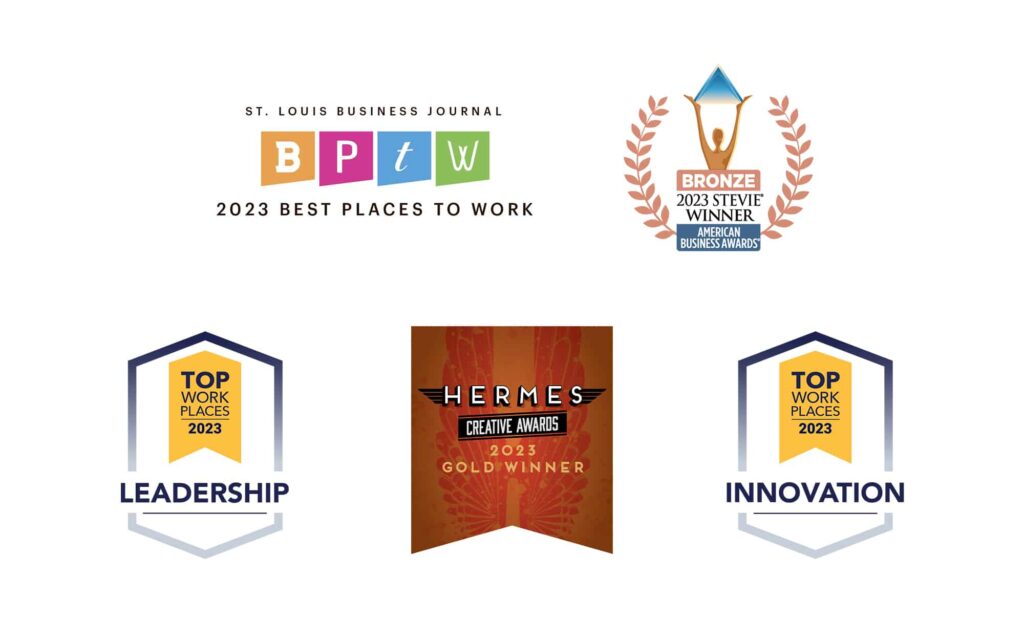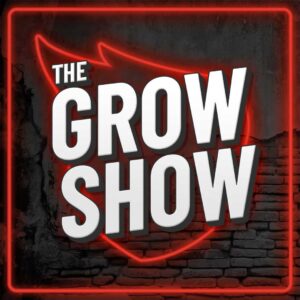In the competitive world of HVAC services, building a skilled and reliable team is the cornerstone of sustained success. The hiring process is more than just filling vacancies; it’s about strategically selecting professionals who will drive your company forward, uphold your reputation, and deliver exceptional service. This 7-step hiring framework is designed specifically for HVAC companies aiming to attract, evaluate, and retain top talent in an increasingly challenging labor market.
Contents
- 1 Understanding the HVAC Labor Market Landscape
- 2 Step 1: Define Clear Role Requirements and Expectations
- 3 Step 2: Optimize Your Recruitment Channels
- 4 Step 3: Implement a Rigorous Screening Process
- 5 Step 4: Evaluate Cultural Fit and Team Compatibility
- 6 Step 5: Make Competitive and Transparent Offers
- 7 Step 6: Onboard Strategically for Success
- 8 Step 7: Foster Continuous Development and Retention
- 9 Conclusion: Building a Winning HVAC Team with a Strategic Hiring Framework
Understanding the HVAC Labor Market Landscape
The HVAC industry is experiencing a significant labor shortage, with the U.S. Bureau of Labor Statistics projecting a 5% growth in HVAC technician jobs from 2022 to 2032. This growth is fueled by rising demand for energy-efficient systems, smart home integration, and routine maintenance needs. However, the supply of qualified technicians isn’t keeping pace, making recruitment a strategic priority.
For HVAC companies, this means the traditional hiring approach—posting ads and waiting for applicants—is no longer sufficient. Companies must adopt a proactive, structured hiring framework that not only attracts candidates but also ensures cultural fit and long-term retention.
In addition to the immediate demand for skilled technicians, the HVAC sector is also facing challenges related to workforce demographics. A significant portion of the current workforce is nearing retirement age, which exacerbates the shortage of experienced professionals. This scenario creates an urgent need for companies to invest in training and apprenticeship programs that can cultivate a new generation of technicians. By partnering with local trade schools and community colleges, HVAC businesses can create pathways for students to enter the field, ensuring a steady influx of talent that is well-versed in the latest technologies and practices.
Moreover, the evolving landscape of HVAC technology, including advancements in automation and IoT (Internet of Things), requires technicians to possess not only traditional mechanical skills but also a strong understanding of digital systems. As smart home devices become more integrated into HVAC systems, the demand for technicians who can troubleshoot and maintain these complex setups is on the rise. This shift necessitates ongoing education and training, emphasizing the importance of continuous professional development within the industry. Companies that prioritize upskilling their workforce will not only enhance their service offerings but also position themselves as attractive employers in a competitive labor market.
Step 1: Define Clear Role Requirements and Expectations
Crafting Detailed Job Descriptions
Begin by outlining the specific skills, certifications, and experience levels required for each position. Whether you’re hiring entry-level installers or senior project managers, clarity in job descriptions is essential. Include technical competencies such as EPA certification, familiarity with HVAC software, and troubleshooting abilities. This level of detail not only helps potential candidates gauge their fit for the role but also streamlines the hiring process by attracting the right talent from the start.
Beyond technical skills, emphasize soft skills like communication, customer service aptitude, and teamwork. HVAC technicians often interact directly with clients, so interpersonal skills can differentiate a good hire from a great one. Consider including examples of scenarios where these soft skills would be beneficial, such as resolving customer complaints or collaborating with team members on complex installations. By painting a vivid picture of the day-to-day responsibilities, candidates can better envision themselves in the role, enhancing the likelihood of finding a perfect match.
Setting Performance and Cultural Expectations
Transparency about company culture and performance expectations helps attract candidates aligned with your values. Define key performance indicators (KPIs) such as job completion rates, customer satisfaction scores, and adherence to safety protocols. Candidates who understand these expectations upfront are more likely to thrive and stay engaged. Additionally, consider sharing insights into your company’s mission and vision, as well as any unique initiatives that promote employee well-being and professional growth.
Furthermore, it can be beneficial to outline the career progression opportunities within your organization. Highlighting paths for advancement, such as training programs for certification or leadership roles, can be a significant draw for ambitious candidates. This not only showcases your commitment to employee development but also reinforces a culture of growth and continuous improvement, which can be a powerful motivator for potential hires looking for a long-term career in the HVAC industry.
Step 2: Optimize Your Recruitment Channels
Leveraging Industry-Specific Job Boards and Associations
General job boards can yield a high volume of applicants but often lack quality. Instead, focus on HVAC-specific platforms like HVACAgent, HVACJobsCenter, and trade association job boards such as those from the Air Conditioning Contractors of America (ACCA). These channels attract professionals already invested in the industry. Additionally, consider participating in online forums and social media groups dedicated to HVAC professionals. Engaging with these communities not only enhances your visibility but also allows you to connect with passive candidates who may not be actively seeking a job but are open to new opportunities.
Building Relationships with Trade Schools and Apprenticeship Programs
Partnering with local technical schools and apprenticeship programs creates a pipeline of emerging talent. Offering internships, apprenticeships, or sponsoring certification courses not only builds goodwill but also positions your company as an employer of choice among new graduates. Moreover, hosting career days or workshops at these institutions can further solidify your presence in the educational community, allowing you to showcase your company culture and the benefits of working in the HVAC field. This proactive approach not only helps in attracting fresh talent but also fosters a sense of loyalty among students who may choose to return to your company after graduation.
Utilizing Employee Referral Programs
Employee referrals remain one of the most effective hiring tools. Current employees understand the demands of the job and can recommend candidates who fit both skill and culture. Incentivize referrals with bonuses or other rewards to boost participation. Additionally, consider creating a structured referral program that outlines the qualities you are looking for in candidates, making it easier for employees to identify suitable individuals in their networks. Regularly recognizing and celebrating successful referrals can also enhance engagement, encouraging employees to continue participating in the program and contributing to a positive recruitment atmosphere.
Step 3: Implement a Rigorous Screening Process
Pre-Screening Applications for Qualifications
Use applicant tracking systems (ATS) to filter resumes based on certifications, experience, and relevant keywords. This saves time and ensures only qualified candidates move forward. Additionally, it can be beneficial to establish a clear set of criteria that aligns with the specific needs of your organization. For instance, if your company specializes in energy-efficient HVAC systems, prioritize candidates with certifications in green technologies or experience in energy audits. This targeted approach not only streamlines the selection process but also enhances the quality of candidates who progress to the next stage.
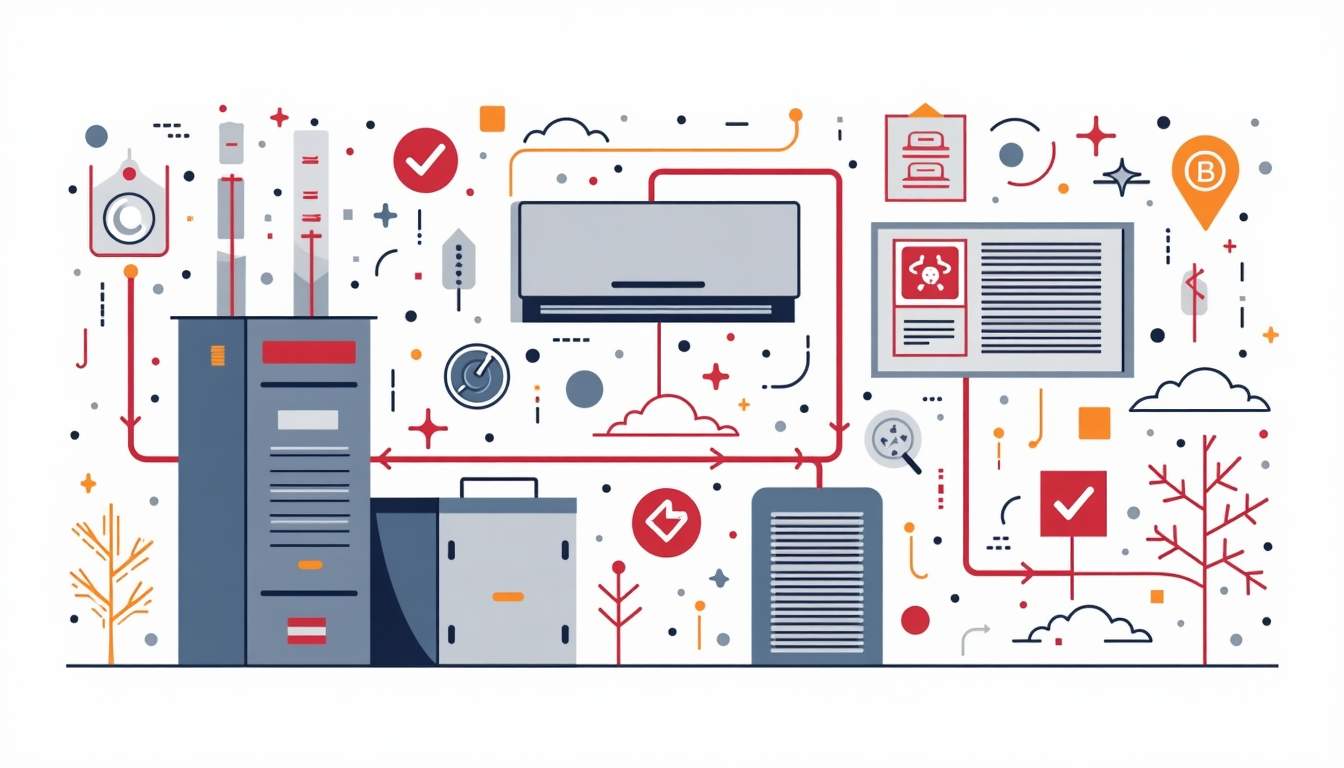
Conducting Behavioral and Situational Interviews
Technical knowledge is critical, but how candidates handle real-world scenarios reveals their problem-solving and customer service skills. Prepare questions that probe past experiences, such as resolving a complex HVAC system failure or managing a difficult customer interaction. Consider incorporating role-playing scenarios into the interview process, where candidates must navigate a simulated customer complaint or troubleshoot a system malfunction on the spot. This interactive method can provide deeper insights into their interpersonal skills and adaptability, allowing you to assess their fit within your team dynamics and company culture.
Skills Assessments and Practical Tests
Consider hands-on assessments or simulations to evaluate technical proficiency. For example, ask candidates to diagnose a mock HVAC issue or demonstrate proper installation techniques. This step reduces hiring risks by confirming capabilities beyond the resume. Furthermore, it may be advantageous to include a component that tests their ability to follow safety protocols during these assessments. This not only ensures that candidates are technically adept but also emphasizes the importance of safety in the workplace, which is paramount in the HVAC industry. By observing how candidates prioritize safety while executing their tasks, you can gain valuable insights into their overall professionalism and commitment to best practices.
Step 4: Evaluate Cultural Fit and Team Compatibility
Aligning Candidates with Company Values
Culture fit is a major predictor of employee retention. Use interview questions and personality assessments to gauge alignment with your company’s mission, work ethic, and team dynamics. For instance, consider asking candidates to describe a time when they faced a challenge that tested their values. This not only reveals their personal ethics but also how they might navigate similar situations within your organization. Additionally, utilizing tools like cultural assessments can provide deeper insights into how a candidate’s personality traits align with your company’s culture, ensuring a harmonious workplace.
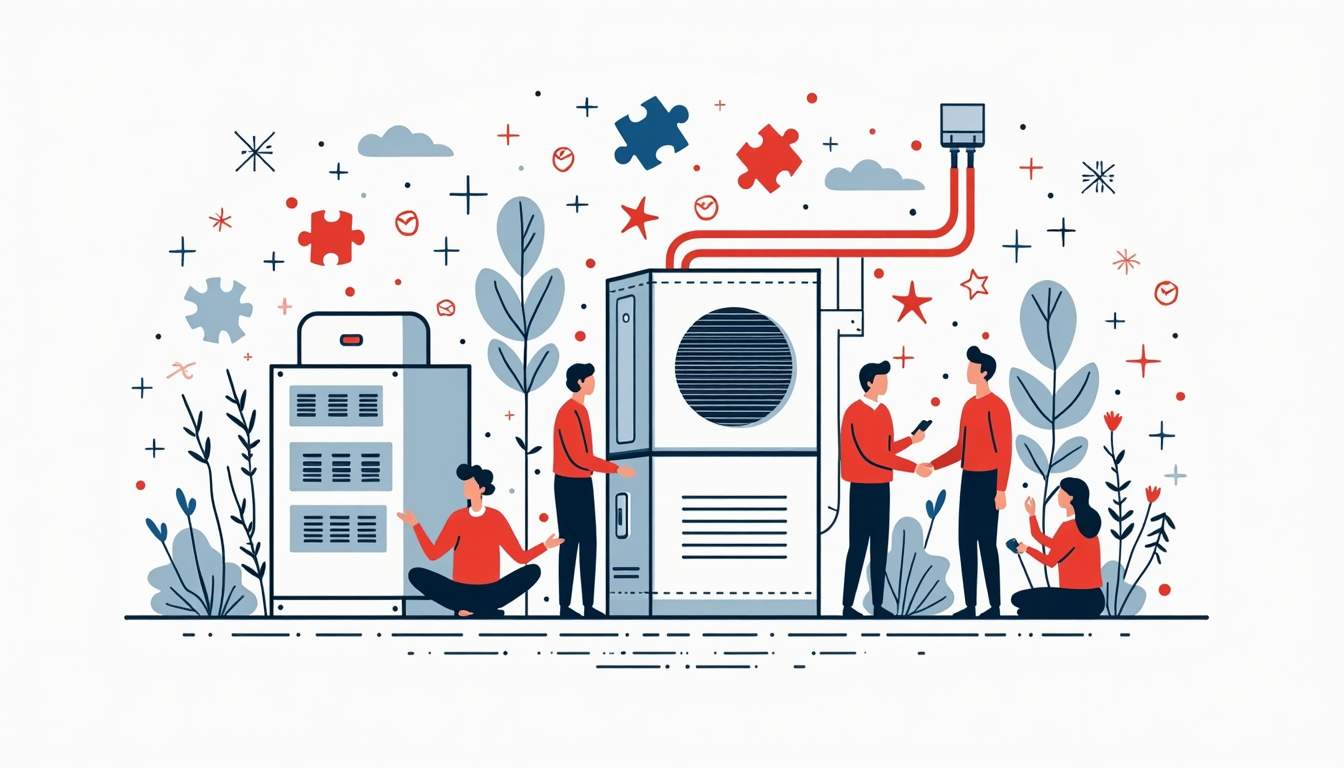
Involving Team Members in the Interview Process
Including future colleagues in interviews provides diverse perspectives and helps candidates get a feel for the work environment. This collaborative approach fosters transparency and mutual respect from the outset. By allowing team members to participate in the interview process, you also empower them, making them feel valued and invested in the hiring decision. Moreover, candidates often appreciate the opportunity to interact with potential teammates, as it gives them a clearer picture of the team dynamics and allows them to assess if they can see themselves thriving in that environment. This can lead to more informed hiring decisions and ultimately contribute to a more cohesive team.
Step 5: Make Competitive and Transparent Offers
Benchmarking Compensation and Benefits
Competitive pay is essential in attracting and retaining HVAC talent. Research local and national salary trends, factoring in certifications and experience. According to the HVAC Excellence 2023 Salary Guide, the median hourly wage for HVAC technicians is approximately $24.50, with top performers earning upwards of $35. Additionally, consider the impact of regional demand and cost of living adjustments, as these factors can significantly influence salary expectations. For instance, technicians in urban areas may command higher wages due to increased living costs and greater competition among employers.
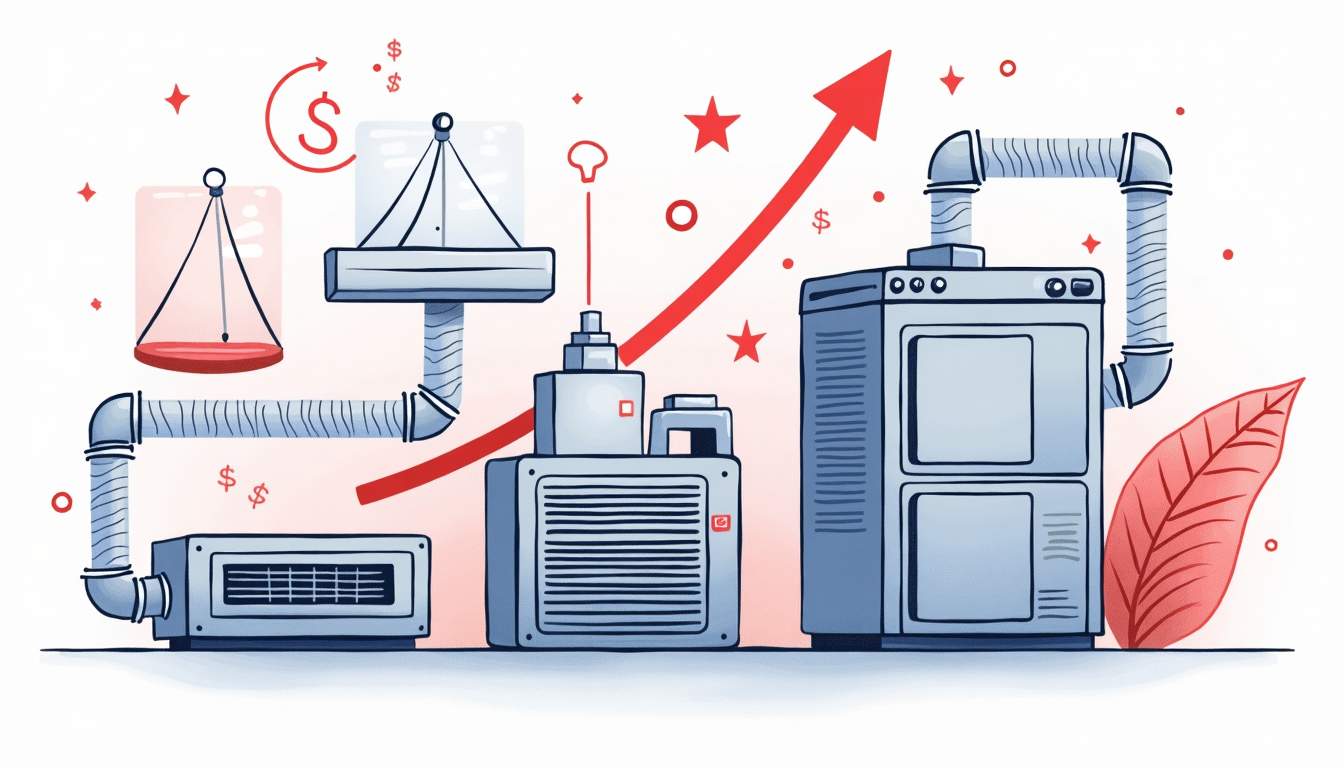
Beyond salary, highlight benefits such as health insurance, retirement plans, paid training, and flexible scheduling. These perks can tip the scales when candidates weigh multiple offers. Furthermore, consider offering unique incentives like performance bonuses, tuition reimbursement for further education, or even wellness programs that promote a healthy work-life balance. Such offerings not only enhance the attractiveness of your compensation package but also demonstrate a commitment to the overall well-being and professional growth of your employees.
Clear Communication of Offer Details
Present offers with transparency about compensation, job responsibilities, growth opportunities, and company policies. This builds trust and reduces the likelihood of misunderstandings or renegotiations later. Clearly outline the expectations of the role, including any specific projects or responsibilities that the candidate will be expected to manage. This clarity can help candidates envision their future within the company and understand how they can contribute to its success.
Moreover, consider providing a detailed breakdown of the offer in writing, including timelines for performance reviews and potential salary increases. This not only reinforces your commitment to their career development but also sets a clear pathway for advancement. By fostering an open dialogue about the offer and encouraging candidates to ask questions, you create an environment where they feel valued and informed, which can significantly enhance their decision-making process.
Step 6: Onboard Strategically for Success
Structured Orientation and Training Programs
Effective onboarding accelerates productivity and engagement. Develop a structured program that covers company culture, safety protocols, technical training, and customer service standards. Incorporate mentorship by pairing new hires with experienced technicians. This mentorship not only facilitates knowledge transfer but also fosters a sense of belonging within the team. New hires can benefit from shadowing their mentors during real-time tasks, allowing them to observe best practices in action and ask questions in a supportive environment. Additionally, consider including interactive elements in your training, such as role-playing scenarios or hands-on workshops, to reinforce learning and make the onboarding experience more engaging.
Setting Early Performance Milestones
Define clear, achievable goals for the first 30, 60, and 90 days. Regular check-ins provide opportunities for feedback, support, and course correction, ensuring new employees feel valued and confident. These milestones should be tailored to each role, allowing new hires to focus on specific skills and responsibilities relevant to their position. For instance, in the first month, a new sales associate might aim to learn the product catalog thoroughly, while a technician might focus on mastering safety protocols. Celebrating small wins along the way can significantly boost morale and motivation, creating a positive feedback loop that encourages continued growth and development. Additionally, integrating peer feedback into these evaluations can provide new hires with diverse perspectives on their performance and areas for improvement.
Step 7: Foster Continuous Development and Retention
Investing in Ongoing Training and Certification
Technology and regulations in HVAC evolve rapidly. Encourage continuous learning through workshops, certifications, and manufacturer training programs. This not only improves service quality but also signals your commitment to employee growth. By providing access to the latest industry knowledge and skills, employees feel empowered and equipped to tackle new challenges. Moreover, consider partnering with local technical schools or universities to offer advanced courses, which can further enhance your team’s expertise and keep them engaged in their professional development.
Creating a Positive Work Environment
Retention hinges on more than pay. Promote work-life balance, recognize achievements, and cultivate a culture of respect and collaboration. Employee satisfaction surveys and open communication channels can help identify and address concerns proactively. Additionally, consider implementing team-building activities and social events that foster camaraderie among staff. These initiatives not only strengthen relationships but also create a sense of belonging, making employees more likely to remain loyal to the company. A supportive environment where employees feel valued and heard can significantly reduce turnover rates.
Career Pathing and Advancement Opportunities
Outline clear career trajectories within your company. Whether it’s advancing to supervisory roles, specializing in new technologies, or moving into sales and management, visible growth paths motivate employees to stay and contribute long-term. Regularly review and update these paths to reflect the evolving needs of the business and the aspirations of your employees. Mentorship programs can also play a crucial role in this process, pairing less experienced workers with seasoned professionals who can provide guidance and support as they navigate their career journeys. This not only enhances skill development but also fosters a sense of community and shared purpose within the organization.
Conclusion: Building a Winning HVAC Team with a Strategic Hiring Framework
In today’s tight labor market, HVAC companies must adopt a deliberate and comprehensive hiring strategy. This 7-step framework—from defining precise role requirements to fostering ongoing development—ensures that your recruitment efforts yield skilled, motivated, and loyal team members. By investing in a structured hiring process, your company not only fills positions but builds a foundation for operational excellence and sustainable growth.
Implementing these steps with consistency and commitment will position your HVAC business to meet increasing demand, exceed customer expectations, and secure a competitive advantage in the marketplace.

Madison Hendrix
Madison has worked in SEO and content writing at Abstrakt for over 5 years and has become a certified lead generation expert through her hours upon hours of research to identify the best possible strategies for companies to grow within our niche industry target audiences. An early adopter of AIO (A.I. Optimization) with many organic search accolades - she brings a unique level of expertise to Abstrakt providing helpful info to all of our core audiences.
- Madison Hendrix#molongui-disabled-link
- Madison Hendrix#molongui-disabled-link
- Madison Hendrix#molongui-disabled-link
- Madison Hendrix#molongui-disabled-link

Michael Carter
Michael Carter is the President of Talent Solutions, an Abstrakt division specializing in corporate recruiting, staffing, and talent acquisition services. With over 12 years at Abstrakt, Michael has played a key role in cultivating top talent and building high-performing teams. His passion for connecting great people with great companies inspired the launch of Talent Solutions, where he leads a dedicated team focused on delivering fast, effective hiring results across industries. Known for his adaptability and hands-on leadership, Michael is committed to helping businesses grow through strategic, people-first recruitment.
- Michael Carter#molongui-disabled-link
- Michael Carter#molongui-disabled-link
- Michael Carter#molongui-disabled-link
- Michael Carter#molongui-disabled-link
